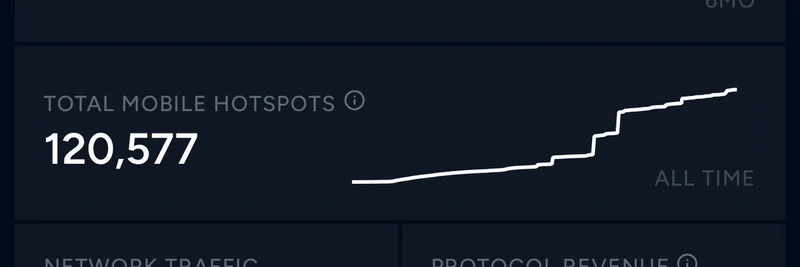import { Image } from 'astro:assets';
Hey there, meme token enthusiasts and blockchain pros! Today, we’re diving into a fascinating thread from Kellan Grenier on X, posted on July 10, 2025. This thread, starting with a thought-provoking tweet here, unpacks a brewing conflict between the U.S. Executive Branch and the Federal Reserve, with a spotlight on yield curve control (YCC) and its implications for the U.S. dollar (USD) and markets. Let’s break it down in a way that’s easy to digest, even if you’re new to these topics!
What’s the Buzz About?
Kellan kicks off by highlighting a not-so-silent war in Washington, D.C., between the Executive Branch—led by the Trump 2.0 administration—and the Fed, alongside centrist legislators. The core idea? The administration is shaking up traditional institutions with an irreverent approach to economic policy. This includes tariffs, crypto support, and a bold stance on markets, which has caught many off guard.
In the specific tweet we’re analyzing, Kellan points to Treasury Secretary Scott Bessent’s comments about targeting the yield curve—essentially trying to “contain long yields” while pushing tax cuts. This sounds like yield curve control (YCC), a monetary policy tool where a central bank (like the Fed) sets a target for bond yields to influence borrowing costs and stimulate the economy. Think of it as the government putting a cap on long-term interest rates to keep borrowing cheap, even as the national debt piles up.
Why Does This Matter?
Kellan argues this isn’t just about bonds—it’s about the USD itself. He suggests the real fracture line is in the currency’s value, not the Treasury securities (USTs). If the USD weakens, it could erode the massive U.S. debt stack through inflation, a strategy he sees as intentional. This ties into his broader thread, where he predicts a managed pivot to higher inflation targets (3-4% instead of 2%) as the Fed’s leadership evolves.
For blockchain fans, this is where it gets juicy. Kellan ties this to the rise of Bitcoin (BTC) as a “cleanest store of value ever created”—supply-constrained, borderless, and censorship-resistant. He even hints that the Trump administration might be “orange-pilled” (a fun term for getting into Bitcoin), seeing it as a new safe haven alongside the S&P 500 (SPY) and U.S. housing.
The Bigger Picture
This thread connects to other X posts Kellan references, like Tyler Neville’s market structure analysis and Mel Mattison’s take on SPY as a public good. Together, they paint a picture of a shifting financial landscape where traditional safe havens like USTs might lose their shine, and alternative assets like BTC could step up.
Kellan also warns that the bond auction process post-Powell could turn into a “farce,” with suppressed yields potentially venting pressure into foreign exchange (FX) and commodities. This could mean more volatility ahead, but also opportunities for savvy investors—especially in the crypto space where meme tokens and DeFi are already thriving.
What’s Next for Blockchain Practitioners?
If Kellan’s right, the USD’s decline could boost demand for decentralized assets like Bitcoin and even meme tokens, which often ride the wave of broader market trends. For those in the blockchain world, keeping an eye on U.S. economic policy shifts is key. Here’s how you can stay ahead:
- Track YCC Developments: Watch for Fed statements or Treasury actions that hint at yield suppression. This could signal a bullish run for BTC.
- Diversify Your Portfolio: Consider adding Bitcoin or stablecoins to hedge against USD weakening, as Kellan suggests.
- Engage with the Community: Platforms like meme-insider.com offer a knowledge base to learn from others and spot emerging trends in meme tokens.
Final Thoughts
Kellan Grenier’s thread is a goldmine for understanding the intersection of traditional finance and blockchain. His insight that the USD, not USTs, is the real battleground challenges conventional wisdom and opens doors for alternative assets. As of 09:27 PM JST on July 12, 2025, this narrative is gaining traction, and it’s worth watching how it unfolds.
What do you think? Will BTC become the new safe haven, or is this just another market shakeup? Drop your thoughts in the comments, and let’s dive deeper into this crypto evolution together!


